I have a data frame in R with two columns temp and timeStamp. The data has temp values regularly. A portion of dataframe looks like-
I have to create line chart showing changes in temp over time. As can be seen here, temp values remain the same for several timeStamp. Having these repeating value increases the size of data file and I want to remove them. So the output should look like this-
Showing just the values where there is a change. Cannot think of a way to get this think done in R. Any inputs in the right direction would be really helpful.

